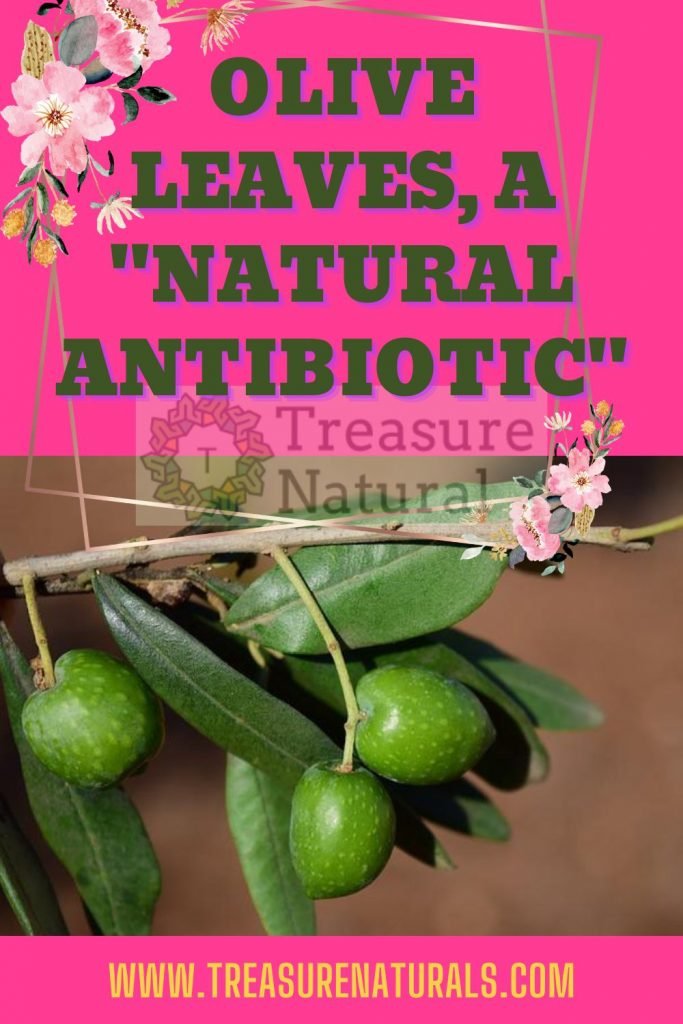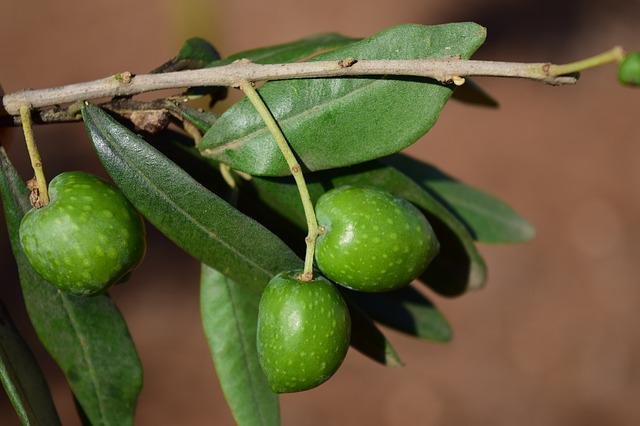
Guide to the properties of olive leaves: a symbol of peace and fidelity, the olive tree (Olea europaea folium) is a fruit tree from the Mediterranean region, cultivated for more than 3,500 years for its fruits and edible oil.
History
The ancient Greeks already knew very well the antiseptic and soothing properties of olive leaves on scars and wounds. With the advent of antibiotics these properties have been largely forgotten and their use in this sense has gradually been lost.
It is no coincidence, however, that phytotherapy and natural medicine are recently rediscovering them.
Properties of olive leaves
We have often talked to you about olives, the properties of olive oil and even olive -based soap, but now let’s focus on the properties of olive leaves.
The reason: Just like oil, olive leaf contains oleuropein, one of the most powerful natural antioxidants known, after gallic acid (the latter found in oak).
But unlike oil, olive leaf also contains hydroxytyrosol, which also has powerful antiseptic properties.
Hydroxytyrosol is contained only in the leaves, and for this reason it is their “metabolite”.
Benefits
We now come to describe the main benefits.
A powerful natural antibiotic
But how can we ensure that oleuropein, a true “natural antibiotic” remains active in the human body?
This is the question that researchers solved in the 1970s: the active ingredient of the olive leaf is Calcium Elenolate.
However, the researchers found that it was only active for a few minutes in contact with the body.
Reason?: oleuropein is one of the two “calcium elenolates” in olive leaves. It was still necessary to note, understand this fact, and then distinguish the “good” one from the “neutral” one.
Research has progressed and among today’s certainties there is that the olive leaf (with its oleuropein associated with hydroxytyrosol) is therefore the most powerful natural antioxidant, a true natural antibiotic without equal, powerful ally of the cardiovascular system.
Let’s see the main benefits:
- Helps to clear the arteries of potential blockages (atherosclerosis)
- Restores the elasticity of the veins.
- It is also hypoglycemic.
Without necessarily having studied medicine, the peoples of the Mediterranean have always known this empirically.
Regulator of the digestive system
Olive leaves are an excellent regulator of the digestive system:
- regulates intestinal transit and above all,
- they eliminate fungi and other unwanted parasites from our body.
How to find and hire them?
Fresh or dried olive leaves are particularly suitable for decoctions and herbal teas, but are also available in capsules.
You can find them, for example, in shops specializing in organic food and herbal medicine.
In general, however, we recommend that you seek advice from a phytotherapist.
Contraindications

No particular contraindications are known.
Cases of gastric disturbances have occasionally been reported as a side effect.
Here are some particular interactions instead.
With other plants or supplements
The slight hypotensive effect of the olive leaf may add to that of other plants or supplements (e.g., fish oil, coenzyme Q10, garlic).
The slight hypoglycemic effect of the olive leaf could be added to that of other plants (psyllium, ginnema, ginseng and momordia, for example).
With drugs
Theoretically, the olive leaf could enhance the effect of hypotensive and hypoglycemic drugs.






